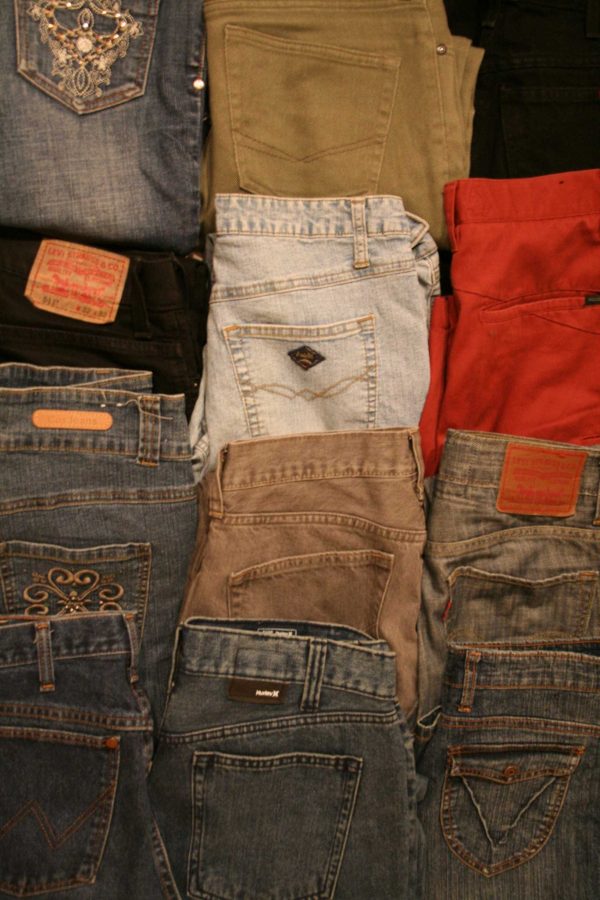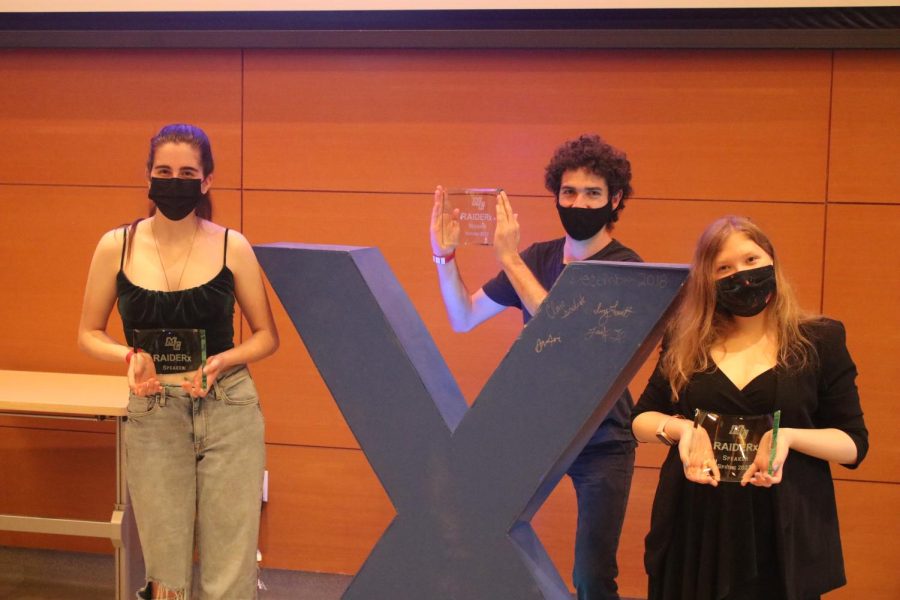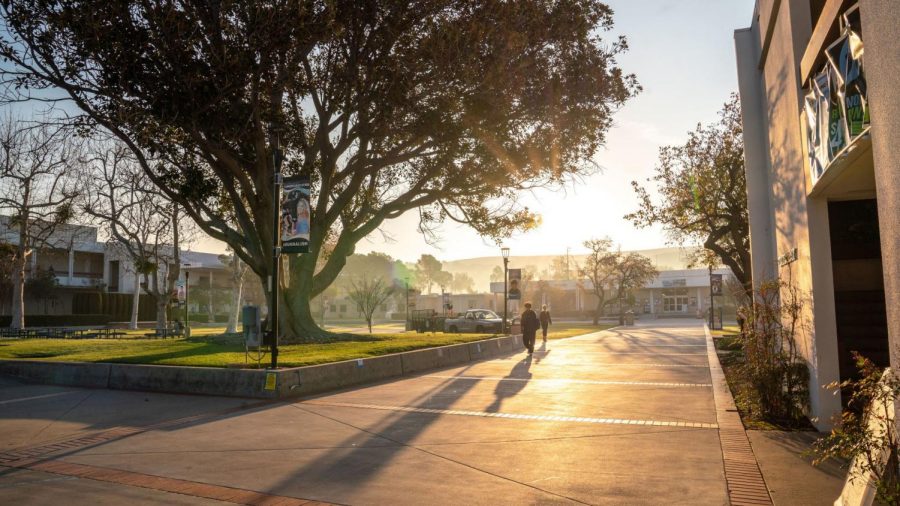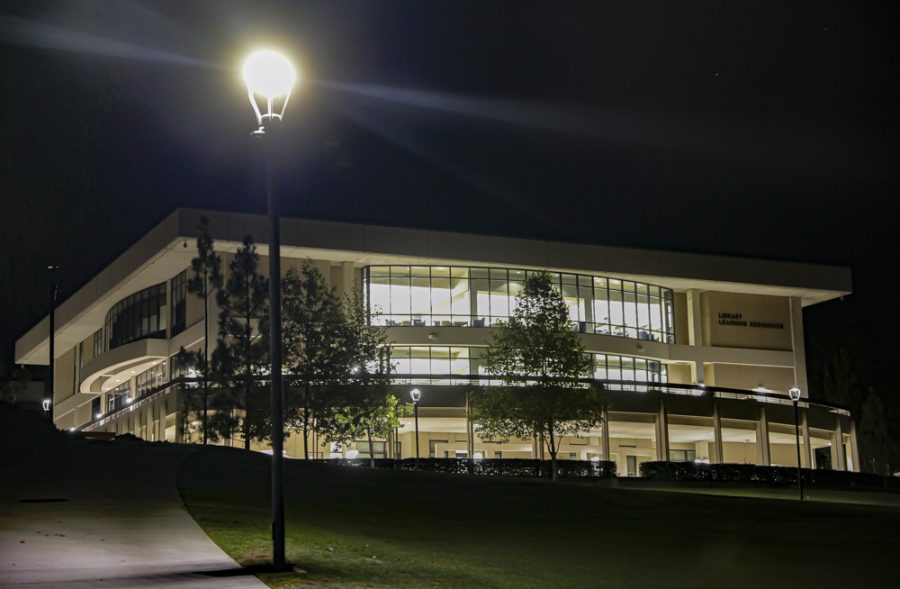The jeans pants, considered as a working class costume during the 16th century, evolved in the U.S. becoming an “icon” of the fashion industry, even in our current day, and an equality symbol of the sexes.
According to fashion designer Sully Bonnelly, a member of the Council of Fashion Designers of America, those all-purpose trousers worn by Italian sailors and American miners later on changed into fashion items.
“Jeans pants, from being a simple worker clothes, rose to be a status symbol,” said Bonnelly. “Jeans are the International pants of choice for all occasion for men and women.”
The “Jeans and Accessories” website says that the fabric used to make these pants were called bleu de Genes (Blue of Genoa) and it was a blend of a coarse cotton and/or linen dyed with indigo, which made dark blue pants.
When the California gold rush reached the highest peak in 1853, miners needed more durable clothing. Levis Strauss along with Jacob Davis met this demand by supplying miners with the proper work pants and solving the problems miners had with their pockets being easily torn away from their pants.
Jeans soon became very popular, especially during the 30’s when Hollywood made many western movies and directors required cowboys to wear jeans.
Amy Chavez, a style supervisor of a Levi’s brand store located at the Thousand Oaks mall, claims that since the beginning, Levi’s was a medium for people and a bridge between sexes.
“Levi’s jeans’ role has been very important in society because they carry a lot of expressions for individuals,” said Chavez. “They made women a lot more equal to men.”
Jeans reached a turning point in 1950, when new brands as Lee and Wrangler showed up and became an official icon of youth rebellion after James Dean wore them in his movie, Rebel Without a Cause.
In the factories during the WWII, women’s jeans had the zipper down the right side while men’s had it down the front. The zippers’ location changed during the 60s’ to down the front for both sexes.
Laura Pou, a New York Fashion designer considers jeans to be one of American cultural icons comparable to the popular Chanel black dress.
“Jeans are one of America’s Culture’s most durable and timeless fashion contribution,” said Pou. “For me, it is the little black dress of the everyday life; it goes with anything and you can wear over and over.”
New styles showed up in the 60s, such as embroidered, painted and psychedelic jeans as well as bell-bottoms. Elephant ears and pre-washed jeans were first marketed in the 70s.
Even though jeans were very popular at that time and many people were comfortable wearing them, Elizabeth Dillie, an officer at Moorpark College did not think that they were suitable, due to their design and style.
“I thought jeans were uncomfortable,” said Dillie. “I did not like the style or the trend.”
After fashion designers began to design their own jeans in 1980, the modest sailors’ outfit reached the level of high fashion clothing.
Polemical advertisement campaigns promoted the new product as Calvin Klein’s starring a 15-year-old Brooke Shields, saying “You want to know what comes between me and my Calvins? Nothing.”
The media created lots of controversy by saying that Klein was exploiting Shields and using pornography.
The jeans’ market went down in the 90’s because young generations did not want to wear the same kind of clothing their parents were wearing, so the youth turned to other styles as khakis, combats and carpenters.
According to Jessikah Smith, a 24-year-old animal science student at Moorpark College, the nowadays jeans’ diversity of styles helps her to dress according to her personality.
“Jeans are really a fashion statement,” said Smith. “I feel with the rips, it just makes my jeans stand out more and adds more flavor to my outfit.”
The Design Director for BCBGMax Azria group in Los Angeles, Enea Burattoni, thinks that jeans have not only broken the barriers among classes, but also separated them.
“It has in a way unified humans and classes in the sense that we all wear them [jeans],” said Burattoni. “It [jeans] has reached a level of fame which wearing a brand or a style versus another does make you cool or less cool, richer or not so rich, and so on…”
Experts consider jeans as part of the democratization of the modern society, but also as an elitist symbol.







